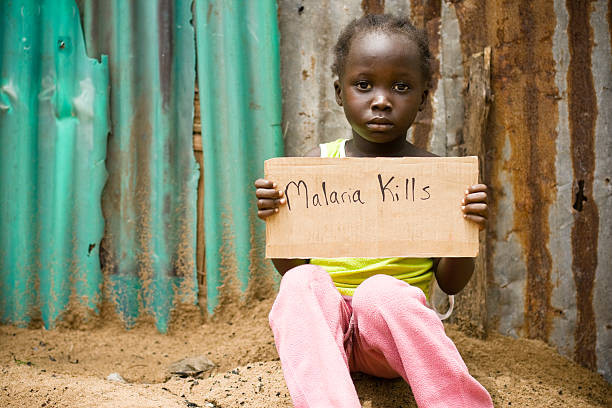
Although vector control has been widely used in preventing the transmission of mosquito-borne diseases, malaria remains one of the biggest public health challenges in Sub-Saharan Africa (SSA). Since the year 2000, significant progress had been made in the control of malaria infections, however, in 2017, there were 183 million cases and 54,500 deaths. In their article, “Research agenda for preventing mosquito-transmitted diseases through improving the built environment in sub-Saharan Africa,” Shenton et al discuss the benefits of modifications to the built environment and its role in reducing mosquito-borne diseases (i.e. malaria, dengue fever).
Alongside diagnosis and treatment, the control of mosquito vectors of malaria and arboviruses has been a cornerstone in reducing the threat of disease caused by these insects. In their article, Shenton et al. discuss two new approaches to reducing the transmission of mosquito-transmitted diseases. These include mosquito-proof housing and reducing the number of mosquitos in the peri-domestic environment. These two approaches rely on appropriate designs, construction, and management of the built environment. The article emphasizes the importance of a multisectoral approach to controlling mosquito-transmitted diseases, and these approaches include vector control and the introduction of healthy housing in rural and urban areas.
The Building Out Vector-borne diseases in SSA Network held a meeting in April 2019 with experts in the building and health fields to identify research areas in healthy housing. From the meeting, several recommendations were developed. Firstly, there is a need for advocacy for healthy building. To develop advocacy, healthy building should be included in public health teaching, rigorous and high-quality systematic reviews on healthy housing in malaria control should be encouraged, as should developing partnerships between professionals across fields in building and health. Secondly, the community-based approach is of paramount importance. This required engaging residents, decision-makers, and professionals in the building and health industries to plan, collaborate, and support healthy housing projects in their communities. Finally, cities should consider promoting the use of new tools and approaches, scaling up housing, and improving research in the area of healthy housing.
Malaria continues to be a major public health threat in Africa; with the recent development of research in malaria resistance and vaccines, improvements in housing remain one of the new approaches to malaria control. Evidence shows that healthy housing can be an effective tool for disease control, and therefore, it will play a major part in the multisectoral approach suggested by the World Health Organization (WHO) and will contribute toward achieving the Sustainable Development Goal (SDG) 3.3 of eliminating the epidemic of malaria and other diseases by 2030.
Shenton, Fiona C., et al. “Research agenda for preventing mosquito-transmitted diseases through improving the built environment in sub-Saharan Africa.” Cities & Health (2019): 1-9.
Thu Aug 19th, 17:24
